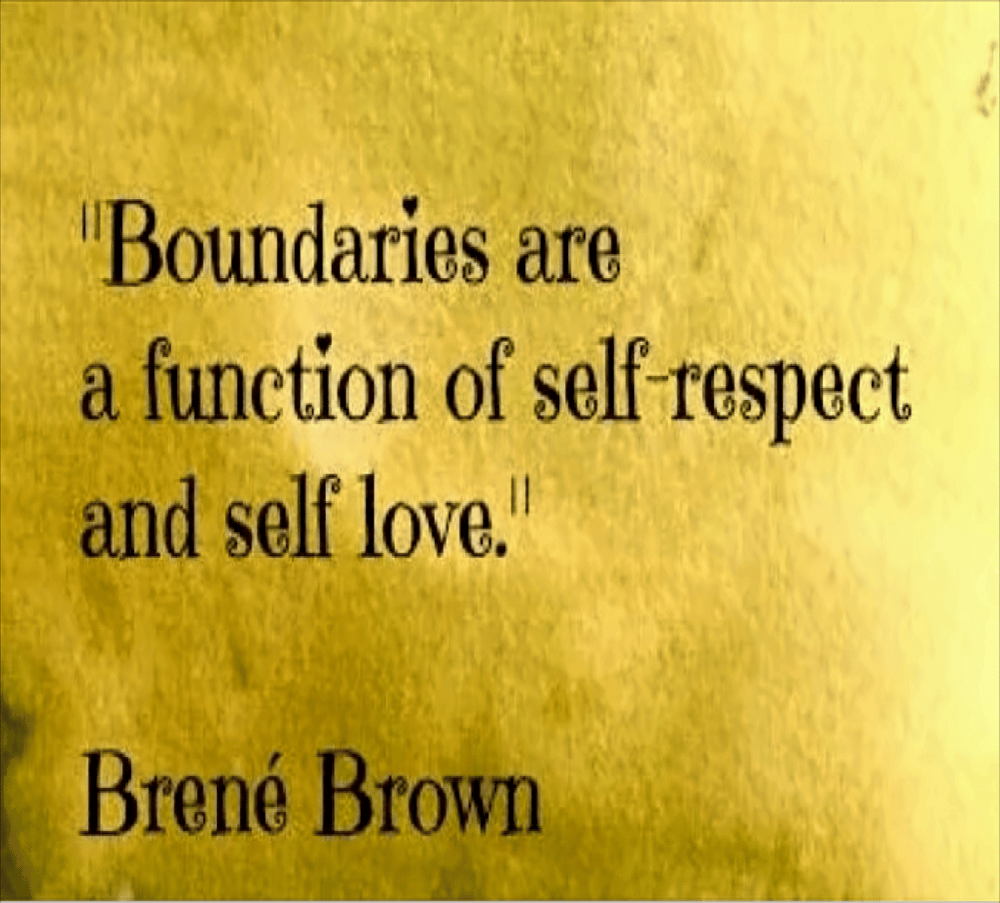Far, far away in a long-ago time, I made a wonderful discovery that I could…

“To practice the process of conflict resolution, we must completely abandon the goal of getting people to do what we want.”
~ Marshall B. Rosenberg
Written by Becky June – October 2022
One of the key topics my clients ask about is how to easily resolve conflict in ways that last. Conflict resolution is an important aspect of building healthy personal relationships and creating open, psychologically safe work environments where team members can focus on their goals and be productive.
And the cost of unresolved personal conflict is visible all through our society in destructive behavior patterns and damaged relationships. There is documented impact and cost of unresolved work conflict as well. Data from various surveys conducted across diverse industries over the past 2-3 years confirms:
- *25 – 45% said unresolved conflict led to sickness, absence from work, and/or poor sleep habits.
- *10 – 65% reported project failure, negative sales, or poor teamwork due to unresolved conflict.
- *30 – 75% said unresolved conflict resulted in transferring to a different job or leaving the company.
[*data ranges across multiple studies – included to show potential levels of damage across diverse situations.]
Clear communication is a key aspect of effective conflict resolution. It’s interesting to notice the correlation between the unresolved conflict data above and these results from a 2018 effective communication survey by The Economist Intelligence Unit:
- More than 33% of participants surveyed cited poor communication as a major contributor to low morale.
- 44% of participants said that ineffective communication affects employee ability to complete projects.
- Another 18% linked ineffective communication to lost sales.
- Ineffective communication was shown to increase turnover rates and damage business relationships.
Avoiding communication during times of conflict and hoping things will magically work out or simply go away on their own is a recipe for disaster. Avoidance almost always results in the conflict continuing or becoming even more detrimental.
Knowing who to communicate with and practicing effective communication during conflict resolution discussions are two important success factors of positive outcomes.
Additionally, we need a different communication approach than when things are going well if we want to successfully facilitate or guide conflict resolution.
It’s sometimes difficult for inexperienced communicators, or those highly emotional or strongly invested in the issue to resolve sensitive conflict on their own. This is even more true in situations where there is a power imbalance such as manager / direct report; teacher / student; coach / player, parent / child relationships, etc.
Including a resolution facilitator or guide in our discussion can help achieve fair resolution more consistently.
The role of the facilitator / guide is to remain objective and help navigate a comfortable discussion while ensuring everyone is heard, respected, and takes responsibility for their part in contributing to the issue. Then assist in negotiating agreements and boundaries which support genuine, lasting, root-cause resolution.
There are things we can do to shift into effective communication mode when we are the facilitator / guide. Over more than 20 years working with clients in professional and personal situations, I’ve created several Rules to Remember, and Tips to Practice for the facilitator / guide, which have proven to support successful outcomes in work and personal relationship conflicts.
As with all processes, consistently practicing the basics when we have time to plan or navigate our own conflict resolution conversations will help us be more prepared to use best practices with others on the spot, even in unexpected situations.
Resolution Rules to Remember
- The facilitator / guide’s role is to assist those involved, to resolve their conflict.
- If you are not a core participant in the conflict, you will never resolve the actual conflict. It’s simply not yours to resolve. Focus on listening to understand and help keep the discussion respectful and focused.
- The goal is to guide productive dialog and facilitate a “resolution agreement” between those at the core of conflict, so they can move forward positively [together] and focus on their work or relationship priorities.
- If you work around or exclude those at the core, you’re not solving – you’re enabling and / or complicating.
- Those who have responsibility for the conflict are the only ones accountable for resolution. If that’s not you, no matter what you do or how “right” or involved you are – the conflict will remain unresolved.
- In some situations, it may be important that whoever is responsible for the core participants (the manager they report to, their parents or teacher, etc.) are also involved and / or made aware of all final agreements.
- Genuine, effective resolution always follows a chain of accountability, not a chain of participation. If there is no accountability aspect to the solution, successful long-term resolution will be at risk.
Tips to Practice when you agree to facilitate or guide a resolution discussion or process:
Tip #1 – Ask for and appreciate the help of those at the core conflict up front – especially when emotions are high (“I need / appreciate your help to clarify / understand the problem”). This will have the effect of including them in the discussion, as well as making them clearly aware their input is key to real resolution.
Tip #2 – Ask for specific examples of the behavior, gap, or miss that is upsetting them. This will objectively identify what they want or need to get unstuck. It’s hard for people to clearly see or articulate their root cause issues and it is helpful and necessary to sort it out with them, based on a specific, tangible example.
Tip #3 – Ask what each person specifically wants / needs. If they (or you) are not clear on what they want or need, there is no way to know how complicated or actionable resolution options are, or even where to begin.
Additionally, if they are not clear on what they want – TEN really good things could be done and if none of those things are the ONE thing they really wanted, they will continue to believe nothing was done or changed. This important step may need to be worked through in a different discussion before final resolution.
Tip #4 – Ask what successful resolution looks like to them. This is a critical part of understanding whether what they want can or will happen, or to what extent their request is valid. It may also be helpful or necessary to know how to address or articulate if something they want is not a realistic request / resolution. It’s frustrating, if not impossible, to guide resolution when the end result is not clearly defined.
Tip #5 – Agree on how you will measure success or define positive results – especially in job performance conflicts. When we define “going forward, this specific step or behavior and/or this specific action will lead to this specific intended result”, we are more likely to recognize and experience lasting, root cause resolution.
Tip #6 – Reach agreements without compromise. When required to compromise what matters to them, people begin to tally and keep score of how many things they had to concede and then immediately begin to watch for “their turn” to get what they really want, vs. focusing on implementing what has been agreed to. This feeling of inequity may cause agreements to break down even before implementation, and almost surely before conclusion.
Sometimes we need to be reminded that conflict resolution is not about getting other people to do what we personally want (though there is an entirely different conversation to be had around compliance on work metrics, performance goals, or job assignments).
Everyone deserves uncompromised resolution in a conflict negotiation. Even if they will not get exactly what they asked for, seek to find a solution which meets their core want or need. Commit to keep talking until positive, uncompromised, core resolution is achieved for all parties.
Tip #7 – Set clear expectations and boundaries which support the resolution agreements and be sure everyone agrees to meet those expectations and honor those boundaries. If needed, define and agree to follow up actions and checkpoints, in the event someone breaks a commitment or breaches a boundary.
Tip #8 – Remind all parties that they are first responsible for their own well-being. We may not know if they are bothered again (or still) unless they tell us.
Following the initial resolution discussion, challenge each party to speak up if:
- the situation gets better – it’s important to positively recognize progress.
- the situation gets worse – it’s important to quickly address breached agreements or boundaries.
- the situation stays the same – it’s important to ensure consistent next step follow up.
Without on-going input from those at the core of the conflict, we may not have visibility to whether resolution is actually achieved and/or new agreements are being practiced. Even when we commit to follow up and occasionally check in to see how things are progressing, leaving them with a personal challenge is important to creating their sense of individual ownership and accountability for on-going improvement.
Tip #9 – Bring in others who may need to know what’s been agreed to. Wait until final agreements and boundaries are set before communicating to others, as needed. At work you might share with leadership, team members, or support personnel who will be impacted and/or can support the new agreements. At home, you may need to tell children or blended family members what to expect / what will change going forward. As much as possible, keep a united front, share information clearly, applicable to their level of need to know, and focus on next steps, vs. dragging through details of the conflict which initiated the changes.
Wrap-Up
While it takes mindful effort to shift into effective conflict resolution mode for us or others and invest time in the process, even on seemingly small issues, it’s well worth the effort when we consider the negative impact and damage unresolved conflicts cause in the workplace, our home and family life, and all relationships.
Whether we are the one with the conflict, or acting as a facilitator / guide, we can purposefully shift our communication approach to find the best resolution agreements and boundaries without compromise, and experience both our life and our workplace becoming more balanced, rewarding and conflict-free.
January 2023
January 2023

